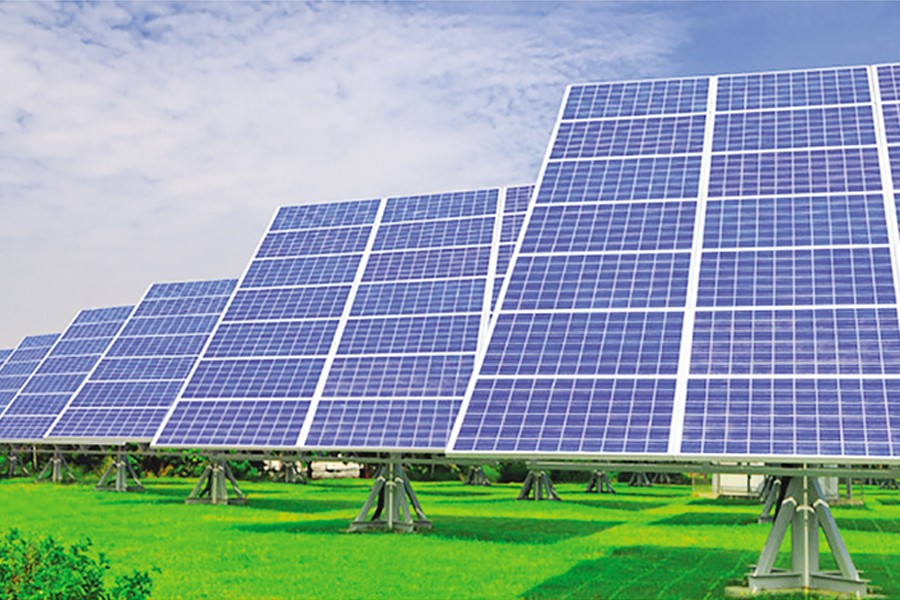
A significant opportunity to capitalise solar power through both thermal and photovoltaic methods prevails in Bangladesh as per the Draft National Solar Energy Roadmap, with an average daily solar radiation of about 4.5 kWh/m2. Despite the immense potential, solar photovoltaic (PV) systems have so far contributed only a fraction to Bangladesh’s energy needs. As per the IEPMP (Draft), the renewable energy (RE) sector generates an approximate total of 777 MW of electricity of which nearly 70 per cent is derived from solar power, amounting to approximately 543 MW till 2021. Among these, around 347 MW comes from off-grid solar systems, while the remaining 196 MW is contributed by grid-connected solar power sources.
FE
Currently, distinct categories of solar energy initiatives are running in the country like solar home system (SHS), solar park, rooftop solar power, solar irrigation, solar mini-grid, solar micro-grid, solar nano-grid, solar street light, solar charging station, solar power telecom, solar drinking water system etc. Of all, solar home system (SHS), rooftop solar power and solar irrigation system dominate the solar industry in Bangladesh.
Solar parks or the large solar photovoltaic plants contribute the most in generating power in the solar industry of the country. As of now there are ten completed and running solar parks along with eight implementation ongoing and twelve under-planning solar park project. Solar parks have the largest capacity of 2470.66 MWp in comparison with other solar systems. As solar plant need large plots of land, the opportunity cost (value of best alternative forgone) of it is much larger for Bangladesh being a densely populated country where each unit of land has alternative use of food cultivation or housing. Experts recommend privatising unused lands and transferring abandoned and closed plants to private enterprises to enhance operational efficiency and overcome land scarcity through more effective land utilisation.
In the light of the challenges posed by land scarcity in densely populated countries like Bangladesh, an alternative approach to harnessing solar energy emerges is roof-top solar power. It presents a unique opportunity for industrial consumers to utilise their idle roof spaces for power generation. The government of Bangladesh introduced net metering guidelines on July 28, 2018 to promote rooftop solar power. In this system, consumers can connect their rooftop solar systems to the distribution grid, enabling surplus electricity to be supplied back to the country’s grid line. The government has set a target of adding 300 MW of rooftop solar power capacity by 2025 through rooftop power generation on all high-rise buildings with financial support from IDCOL. Presently, 84.6 MWphas been achieved through rooftop net-metering and an additional 69.934 MWp capacity through rooftop systems without net metering, as reported by SREDA. However, unlocking the full potential of rooftop solar facilities in the country requires addressing several crucial challenges such as lack of domestically manufactured high-quality solar inverters, high import duties on inverters, inadequate testing facilities and the prevalence of sub-standard solar accessories in the market. Additionally, the green refinance scheme, initiated by the Bangladesh Bank back in 2009, has undergone numerous revisions over time which is hampering its widespread adoption due to unaware stakeholders.
Solar irrigation has been considered another large RE project according to SREDA. In Bangladesh, rural electrification is driving the adoption of solar-powered irrigation solutions through a collaborative public-private partnership model. A key factor contributing to the success of this irrigation process is the uninterrupted supply of electricity, which ensures continuous water availability. The World Bank supported the government for the installation of 11,500 SIPs by 2018. Recognising the potential and acceptance of SIPs among farmers, the target was revised upwards to an ambitious 50,000 SIPs to be installed by 2025, a study in 2021 reported. Among various government organisations working as implementing agencies, IDCOL serves as the channel for grant and credit funding to non-government organisations and private financiers responsible for setting up SIPs. The principal goal of the IDCOL programme is to deploy solar PV-based irrigation systems in regions with the potential to cultivate three types of crops year-round with a target to install 10,000 solar irrigation pumps by 2030. As of now, there are 1,523 solar irrigation pumps already operational, collectively boasting a capacity of 42.08 MWp.
Regarding small renewable energy projects, Bangladesh Solar Home Systems (SHS) Programme is claimed to be one of the biggest projects to bring electricity to remote areas though it did not succeed as expected. Many of these systems have encountered issues primarily attributed to the inferior quality of the batteries and inverters used. Approximately US$1,094.93 million had been invested in SHS programme to provide electricity services to about 20 million people or about US$266 per household according to a World Bank report published in 2021. Currently, only 2 million SHS system is active among a total of 6 million installations till now. Between 2003 and 2014, the SHS Programme enjoyed considerable success, owing to the robust implementation model with strong leadership from IDCOL. However, with the expansion of the grid, the utilisation of solar systems has witnessed a decline. In 2015, a significant challenge emerged for the SHS Programme, mainly due to the rapid and unexpected expansion of the national grid contracting the SHS market. Furthermore, the TR/KABITA off-grid programme’s expansion impacted negatively by affecting the market demand through providing and distributing solar systems without proper quality checks, monitoring, or offering any training to the partner organisations involved. The majority of customers did not receive satisfactory after-sales service from the partner organisations associated with IDCOL. Some of these organisations opted to close their local service offices, citing financial challenges arising from consumers defaulting on their installment payments. This market distortion happened due to running three major initiatives together without proper coordination: the grid expansion, the SHS Programme, and the distribution of free solar systems under the TR/KABITA Programme.
Other solar power systems have not seen significant development yet except the mini-grid for the remote regions. As of July 2023, Bangladesh has made remarkable progress, claiming a total of 28 solar PV-powered off-grid mini-grids with a cumulative capacity of 5.805 MWp.
To sum up, Bangladesh’s solar industry shows progress, but it falls short of meeting the necessary pace to fulfill global and national renewable energy commitments. Aligning with expert recommendations, developing a comprehensive funding roadmap, offering industry incentives, and implementing smart grid solutions can help to bridge the gap and move closer to achieving our renewable energy objectives.
Israt Hossain, Senior Research Associate, SANEM. hossain.israt698@gmail.com
Article link: https://thefinancialexpress.com.bd/views/views/realising-the-full-potential-of-solar-energy-in-bangladesh
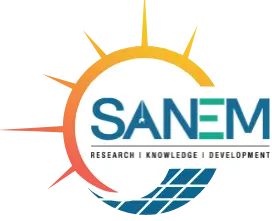
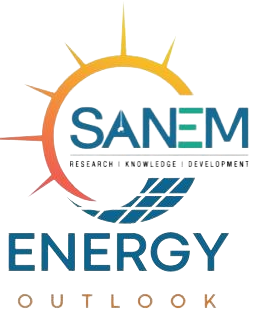
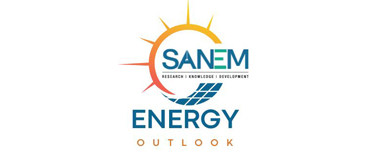




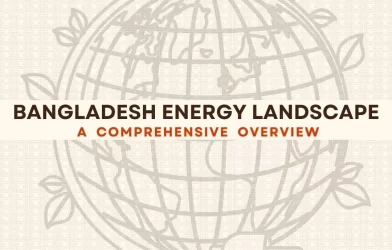
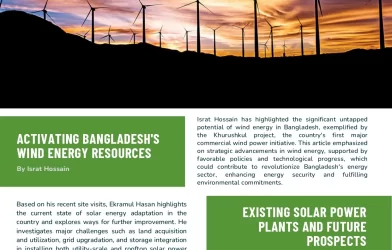

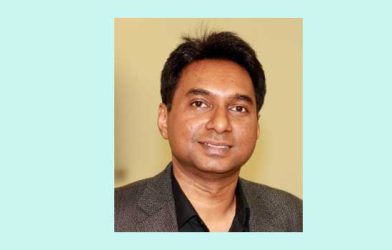


Comments are closed